Easy to whip up and create, sorting activities are perfect for toddlers. While organizing, preschoolers and kindergartners are practicing fine motor skills along with critical thinking.
A fun way to get your child exploring while learning foundational math and science skills!
Gathering Supplies for the Activities
Each of these 50 activities can be prepared ahead of time using objects found outside.
Using natural elements for sorting activities is a great way for preschoolers begin building a sense of their world.

For free paper based sorting activities for kids: Cut and Paste Counting 1-10 Worksheets, Leaf Printables, and Butterfly Printables
Go outside on an adventure to collect the natural elements together. Little ones are always excited about making connections to items they discover outside in nature.
Jump to:
- Gathering Supplies for the Activities
- 50 Activities Organized by Category
- Sensory Bins using Different Objects
- Easy to Create Math Centers
- Go on a Color Hunt
- Sorting Bins
- Color Sorting
- Sticker Sort
- Be Safe While Having Fun
- Get Ready to Practice Sorting with Your Preschooler
- More Nature Activities for Preschoolers
- Comments
50 Activities Organized by Category
For this easy to follow guide, activities are organized into six categories:
- Sensory Bins
- Math Centers
- Color Hunt
- Sorting Bins
- Color Sort
- Sticker Sort
Do them all or pick and choose ones based on your toddler's interests. Most activities contain more than one way to sort and organize.
In many ways the opportunities are endless once you see how easy the activities are to create and modify.

Do these activities with your toddler at home for fun. Or in a homeschool environment. Easy to modify lesson plans for the kindergarten classroom to use with older learners.
If you are keeping a nature journal with your little one, drawings can be added as an entry after sorting.
Sensory Bins using Different Objects
Sensory bins and baskets are a great way to introduce your young learner to sorting and classification.
Toddlers can do these activities independently or with you. Sensory bins provide the perfect activity for a busy toddler to practice new skills.
When using sensory bins, select items that have different textures, colors, and or smells. Exploring using the senses is a great way to learn about the natural world.
Each item below can be used to create its own sensory bin or combine one or more to create a mixed basket.
Either ask a child to sort them a specific way or allow them to create their own classification system.
Letting them do it themselves increases their critical thinking skills. However, if you are looking to have them practice a specific skill such as identifying by a specific color, that is also great way to do these activities.
River Stones or Beach Rocks
Smooth river or beach stones are the perfect object for a sensory bin. Simply collect different shapes, colors, and sizes and place them in a basket.
Young learners will enjoy feeling the smooth texture and comparing the different weights. If using beach rocks, you can often smell the ocean on the rocks.

Stones or rocks can be sorted in many ways by your toddler. Go through the pile together and compare the different weights of the rocks.
For a new way to do the activity, classify by color or by pattern. Some rocks will be mostly made up of one solid color while others will have color bands or colors in circles.
A small collection of stones can be used to create multiple activities.
Pine Cones
Sticky and picky, pine cones make a great addition to a bin or basket. Pair them with other natural elements or simply create a bin using only pine cones.
Collect different sizes and types of pine cones with your little one.
Observing the sticky sap and pine scent adds to the activity. Some pine cones will be sticky, others will be dry, compare and sort into category by stickiness.
Preschoolers can sort them by size then type.

Acorns
Whether it is fall or summer, acorns can be found in abundance in deciduous forests. Red and white oak trees drop acorns in the fall, but they can be collected all year long.
From pointy ends, to smooth surfaces, to the rough and bumpy tops, acorns provide many textures. Little ones can create groups by:
- type of acorn
- smooth vs rough
- with and without tops
- whole or cracked open
- with or without insect holes
Little ones can even create piles to sort acorns by color. Different types of oak trees produce acorns in a variety of sizes, textures, ans colors.
Shells
Small shells collected at the shore create a perfect classification activity for preschoolers. Shells provide different textures, colors, and shapes.
- separate by type
- sort by color
- group by size
- line them from smallest to largest
- compare ones with holes to ones without
Even similar looking shells, provide enough differences for young children to compare and contrast.
Dried Seaweeds
Easier to handle and transport than living seaweed, dried seaweed can be observed by young children.
Seaweeds contain different textures such as long strands, air bubbles, and rough spots. Some varieties contain many holes while others are smooth and flat.

Seaweeds can be sorted by texture, smell, and then shape.
With children you can talk about the different types of seaweed as you sort them together.
Pair this activity with an ocean themed read aloud for an easy way to integrate science and language art!
Driftwood
Along with shells, collect some driftwood on your next trip to the coast. Driftwood can be organized by length. Then again by thickness.
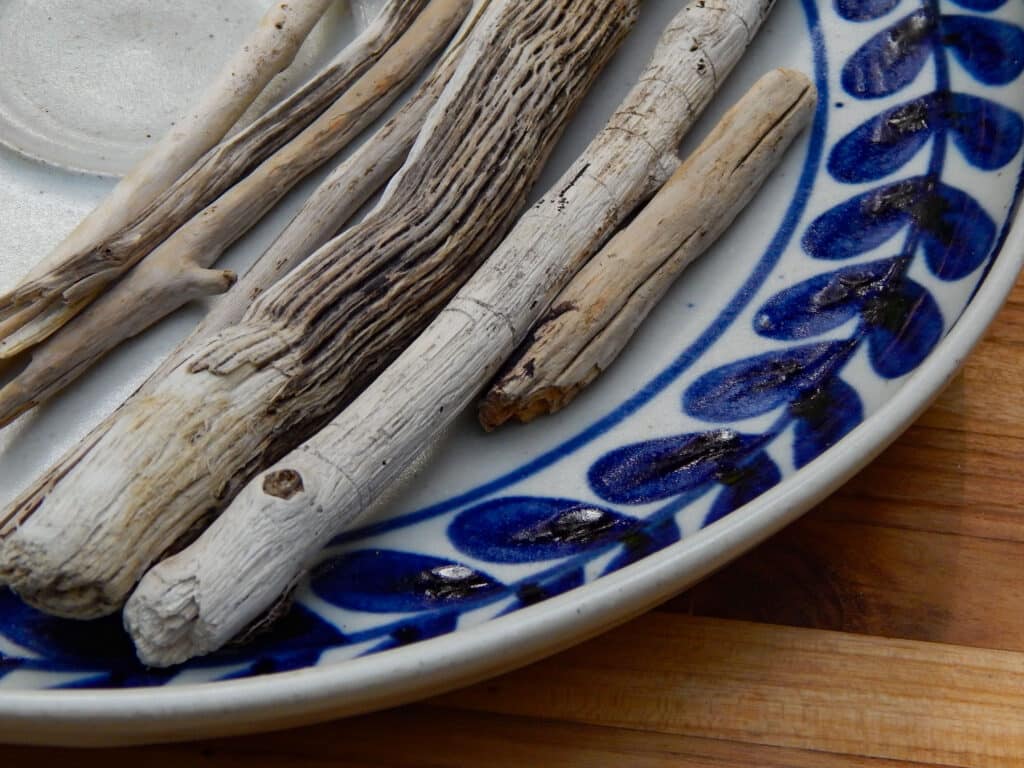
Little ones can even sort them by overall texture. Vertical ridges or smooth overall. I'm always amazed by the differences between items when you take the time to really stop and look closely.
Sticks or Small Branches
Simply use sticks collected in your area. Wood found out in nature provides a variety of textures and colors for kids to explore.
Sticks collected outside can be sorted by types of bark, color, then overall shape.
Many sticks found around forests contain lichen and or small insects.
Children would enjoy examining them to look for common properties including green lichen or holes from bugs.
Fresh Flowers
Wildflowers, garden flowers, or even store bought flowers are the perfect objects to sort and classify. Toddlers can explore scents, shapes, and sizes.
To keep flowers fresh, provide a few small jars with water. Young children love sorting and classifying flowers while they move them from vase to vase.
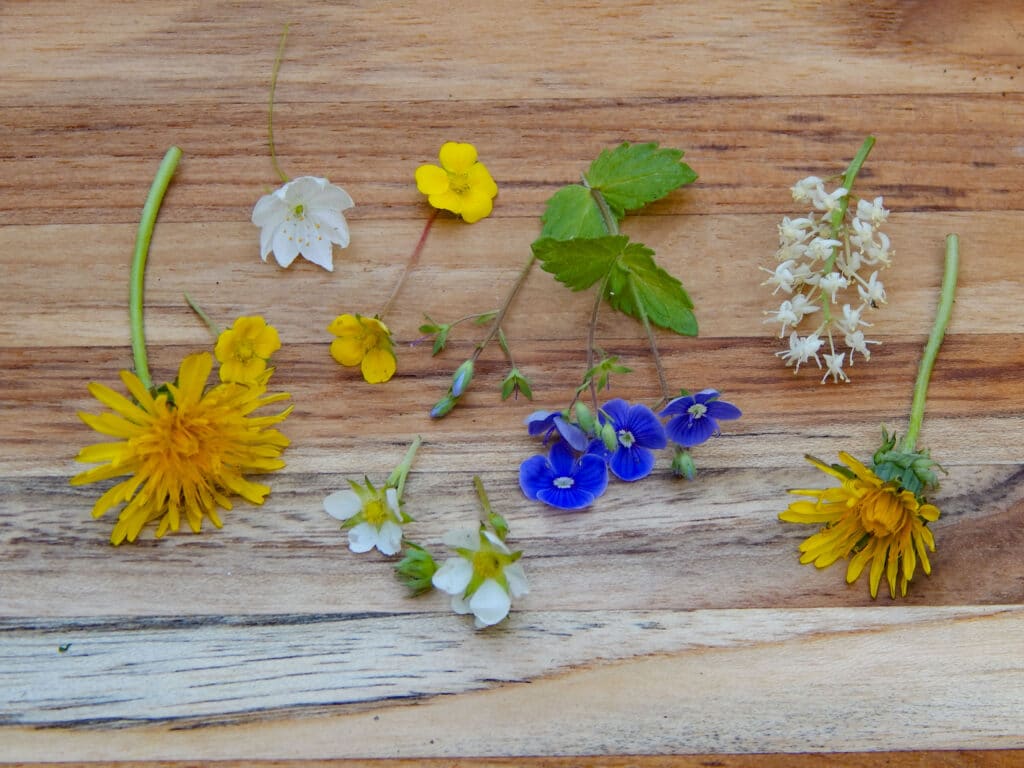
Always practice safe handling if you are picking flowers from the garden. There are a surprising amount of flowers that are toxic if ingested.
Fresh Leaves
Sometimes the simplest natural elements make the best objects. Fresh leaves can be found in your local area.
Or for a fun way to use a bouquet of purchased flowers, observe both the leaves and the blooms.
By looking at leaves, children can sort by shape, size, and then color.

Sort and divide leaves by their texture. Some will have deep ridges while others will be smooth.
Leaves can also have a pleasant or unpleasant scent which can create another way for them to sort them. Leaves from peppermint, spearmint, and lemon balm would be perfect for a sensory bin.
Collection of Seeds
Preschoolers are naturally drawn to unique objects outside in nature. During all four seasons, seeds can be hunted for and collected outside.
Maple tree samaras commonly known as spinners come in different shapes and colors. Birch and oak drop long seeds which break apart easily.

Picking up and sorting seeds found outside helps kids practice fine motor skills. Spinners have a papery texture which break apart easily.
What better way to get your little learner interested in the life cycle of plants then to sort and classify seeds.
Create a Mixed Basket
Combine two or more natural elements to create a mixed sensory basket.
Rocks mixed with shells, dried seaweeds, with driftwood will create an ocean themed sensory bin.

Different objects can be compared and contrasted to create an endless combination of categories.
Easy to Create Math Centers
I know math centers do not sound like as much fun as a sensory bin, but there are ways to make them exciting.
Sorting and math go hand in hand. Not only are early learners practicing critical thinking skills, but number sense.
A few foundational skills for math education are number sense, counting, and cardinality. Through exploration kids can practice counting along with determining how many items are in a group.

Basically, young learners should begin practicing:
- counting in sequence
- pairing a number to an actual amount
- comparing groups to see if one has more or less than another
Finally, basic geometry including identifying and creating shapes is also important.
Math centers may sound intimidating to create, but they can be done easily using objects found in nature. All of these math center activities practice one or more of these math skills.
Sorting mats can be used to guide the activity. Keep it simple and reuse natural elements collected for sensory bins.
Sort Objects by Amount
Create a mixed collection using different objects found in nature. By separating each type of object into groups, kids can then count how many in each group.
Groups can then be classified according to how many objects in each. Toddlers will practice important math skills such as counting by amount.
Create Visual Numbers
Natural objects can be gathered then used to create numbers. This activity incorporates fine motor skills.
It can be challenging to grasp small or irregularly shaped objects with little hands.

Rocks and sticks are relatively easy for toddlers to manipulate. To offer a challenge, try having them create numbers with uniquely shaped objects such as pine cones.
Many numbers include circles and ovals which integrates basic geometry skills.
Count to 10
Once a young learner grasps the concept of counting they seem to count everything they see. Have them line up the objects then count down the line.
Use ten of the same object or let them create a mix.
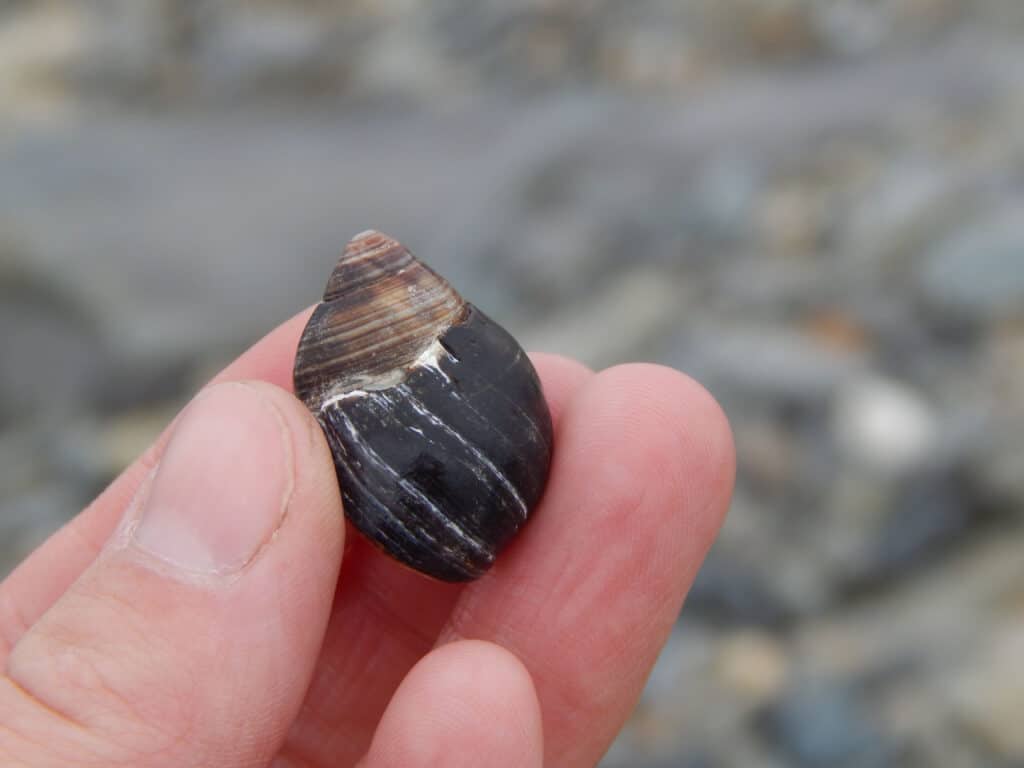
If your little one is ready to move beyond the number ten, then make a longer line and count all the way down.
Rocks lined up in a row, pine cones, or shells would be perfect objects to use for this activity.
Make Number Groups
Separating and organizing objects into number groups is a great way to practice foundational math skills.
I love how little ones are eager to apply new skills to everyday experiences.
Simply turn snacking on blueberries into a fun way to make number groups. Berries can be counted and placed into groups by young children.
Blueberries are perfect for little hands to grasp as they create groups. Start with one then work your way up.
This would be a fun activity to do with a small group. Or while having a picnic outside.
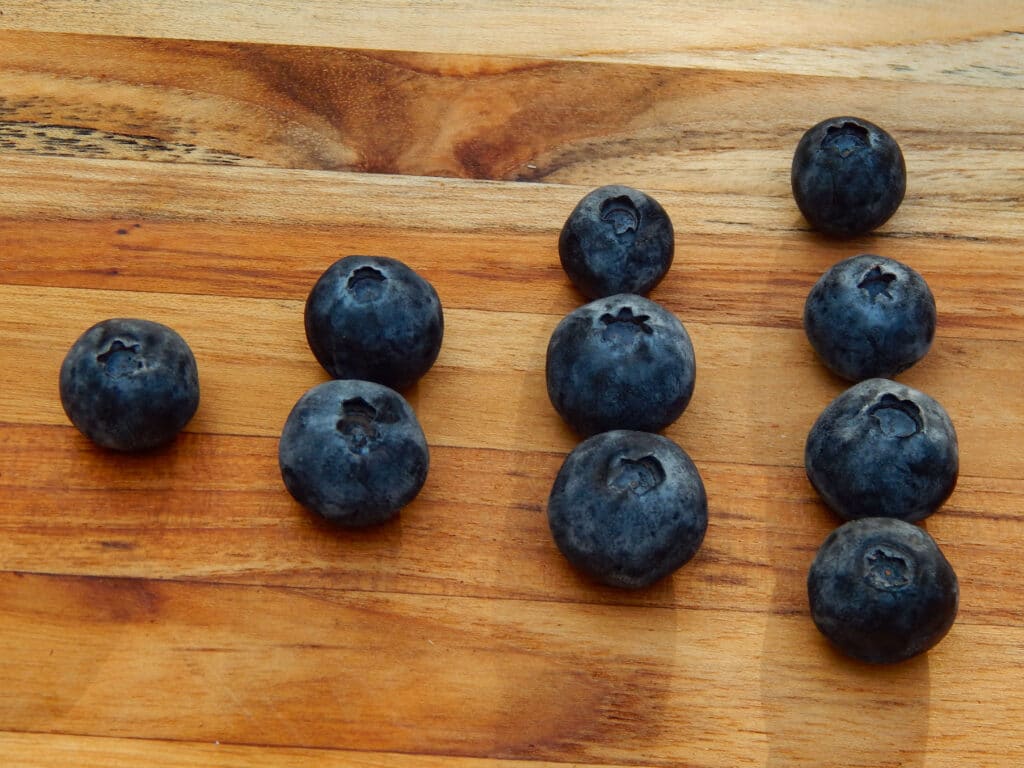
For older learners, have them place one, then two, then three objects into piles or an ice cube tray as they create number groups.
Using shells, rocks, and seeds in ice cube trays would be a new way to organize and classify an ocean themed sensory bin by amount.
Sort by Common Properties
Little learners naturally want to sort and organize objects by common properties. Provide them with a basket with a mix of natural elements and let them create groups.
- older children can explain why they sorted items together
- younger children can point out similarities with you
Flowers picked together or separated out from a store bought bouquet would be a great elements to sort. Shared colors, smells, or even dividing flowers by type is a great way to do this activity.
Create Shapes with Objects
Along with counting objects, toddlers seem to enjoy identifying shapes. A fun way to learn shapes is to create them using natural elements found outside.
Rocks and sticks can easily be collected and used to create shapes.
Draw shapes in the sand for them to use as a guide. Or use shape cards if you are doing this inside.

This activity would be fun to do in an early childhood classroom, small group setting, or one on one with your toddler.
Provide children with a variety of objects and see what types of shapes they can create.
Older children will be able to do this independently while young children will need some guidance.
Organize by Shape
Shape identification is a toddler favorite. Create a mixed bin of natural elements such as river rocks, leaves, and flowers.
Young children will enjoy dividing and sorting by the shapes they see. Let them try it own their own then provide assistance when needed to find smaller hidden shapes.

Even a few leaves from different trees and plants provide a variety of shapes. Leaves may be oval in shape, contain pointy triangles, or be circular.
Surprisingly, even rocks found in your own yard come in a large variety of shapes and sizes if you look closely.

This activity can easily be turned into a shape hunt which can be completed outdoors.
Explore nature together while identifying triangles, rectangles, ovals, squares, and diamonds.
Sort by Size
An easy way to begin making sense of a variety of objects is to have them sort them by size. Many children will do this instinctively on their own.
If you would like sorting by size to be the focus of the activity, provide some prompting.
Phrases including, "which one is the largest" or "lets line them up from littlest to biggest" can provide guidance to get started.
This activity can be done alone, together, or started together, but completed alone. Young learners will proudly share with you once they have finished the task.
Making sense of their world through sorting by size is an important skill for them to practice.
Compare Weights
A basket filled with one type of object such as rocks can be used for this activity.
Or create a mixed bin using a combination of rocks, feathers, acorns, and sticks.
Comparing and contrasting the weights of different objects is soon to become one of your kids favorite activities. Toddlers love exploring heavy and light objects.
Practice Simple Addition
To add a challenge for older learners or to simply being introducing new skills to little learners, practice addition.
Using concrete objects to teach math skills is a great way to show a new concept.

Pull apart the petals from a flower and create a simple addition problem.
One petal plus two petals equals three petals. Line them up then have them count the amount of petals they see.
For a way to older children do this independently, provide a basket of rocks or acorns. These natural elements can be manipulated and moved without breaking apart.
If an acorn's top pops off, that is a great way to show how one item can be broken into two different parts. Even the act of taking the acorn top off, shows math in action.
Go on a Color Hunt
Color hunts can be done in a natural setting, your own yard, or even using one tree growing along the sidewalk.
Ideas for color hunts include identifying different colors found:
- In a spring flower garden
- In a summer vegetable garden
- On one tree growing near a sidewalk
- A mossy patch growing near woodlands
- Rocky path found near the ocean
Kids of all ages enjoy hunting and searching for colors. Winter color hunts are also fun for young children.
Keep it simple and explore one object together such as one tree or one flower. Nature seldom displays color in one color tone.
Bark of trees contain a variety of colors. Practice main color words such as green, purple, yellow, and brown.
Then talk about different tones including tan, light grey blue, peach, and burnt orange.
Sorting Bins
When using sorting bins or baskets, either let your little one create their own classification system. Or provide sorting mats or color cards for a more guided activity. Toddlers have a natural desire to sort and make sense of their world.
Simple ice cube trays can be used to sort and divide small items into categories or amounts.
Any of the above activities can be turned into a sorting bin. Create a bin using only one type of object or create a mixed bin.

Themed Mixed Bin Inspiration:
- Deciduous Forest Theme: pine cones, sticks, leaves (fresh or dried), and acorns
- Rocky Shore Theme: different shells, dried seaweeds, and rocks of different sizes
- Spring Theme: a collection of brightly colored spring blooming flowers
- Winter Theme: sticks, lichen, rocks, and evergreen branches
Have fun and go outside together to create a sorting bin. Natural elements collected from family vacation or camping trip would make for an excellent bin.
Not only will little ones be practicing math and science, but making connections to real world experiences.
Color Sorting
Sorting and classifying by color is another preschooler favorite. Stick with the main color words or add in new terms.
Providing a collection of items along with color cards will create an activity kids can do independently.
For a new way to create color cards, make them together using construction paper or water color paints on watercolor paper.
Then use the DIY cards when sorting objects. Natural objects can be placed directly on the color card as they work.

Color sorting is a fun way to observe and explore the natural world. Nature provides an array of beautiful colors.
Sticker Sort
If you are looking to sort and classify on the go, you can use a removable sticker book. Stickers are a fun way to engage young learners while practicing fine motor skills. Nature themed stickers can be stuck on and moved around to create categories.
This Post May Contain Affiliate Links. Please Read Our Disclosure Policy.
- North American Birds Reusable Sticker Book
- Butterflies Reusable Sticker Book
- Reptiles Reusable Sticker Book
The sticker books listed above are filled with removable stickers that toddlers can place inside the book or on a glass surface such as a window.
A reusable sticker book would be a great activity for a long car ride or flight on an airplane. Since the stickers are removable, kids can have fun sorting them multiple ways.
Be Safe While Having Fun
Always practice proper safety if using small items that are a chocking hazard. For independent practice, use larger items.
When conducting the activities together you can supervise little learners using smaller objects.
Get Ready to Practice Sorting with Your Preschooler
Hopefully these activities will get you and your little one exploring and learning new things together.
Use this list as your guide or create your own activities using items you and your little one find. Sorting activities are soon to become some of your preschooler's favorite tasks.
More Nature Activities for Preschoolers
What are your child's favorite items to sort? Let us know in the comments below.
Save for Later
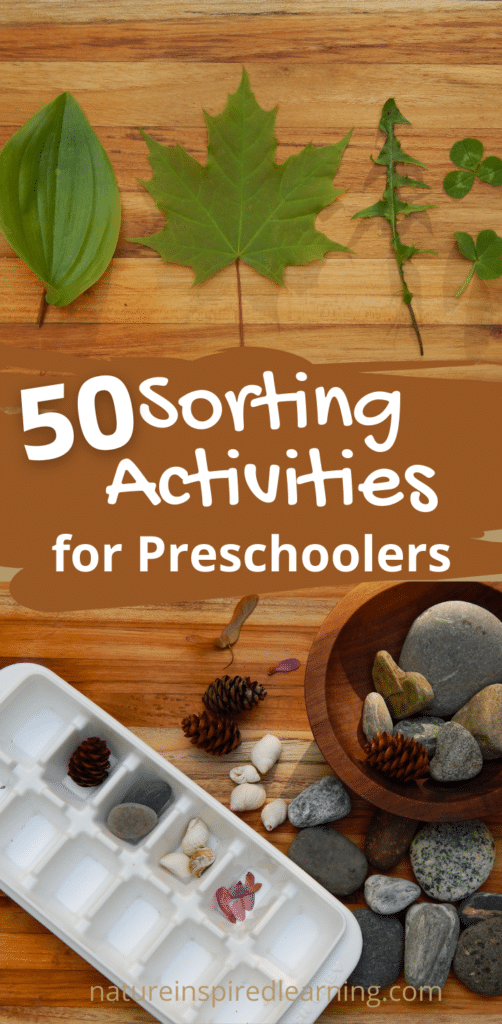


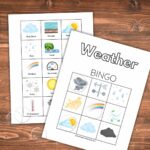
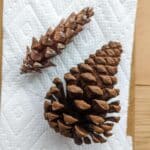
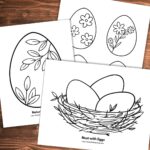
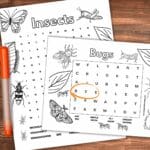
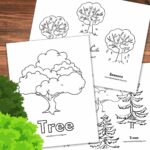
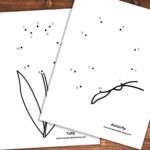
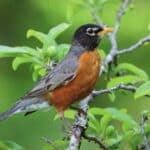
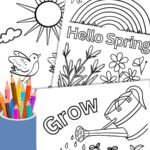
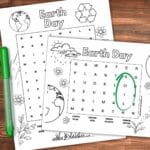
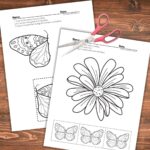
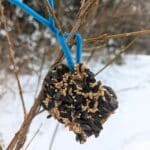






Tani
These are such great ideas. Such a good reminder on how much our kids can learn from what's around them. My kids also like to sort coins which is nice if you are going to take it to the bank anyway.
Julie
Coins are a great for sorting activities. Thanks for sharing Tani
Barbra-Sue
Love that’s ideas! Such a good way to teach children to appreciate the wonder all around them.
Julie
Thank you Barbra-Sue, I hope so!
Lucia Gonzalez
thanks.
Those Activity For Sorting and Classification are Excelent.
Julie
Hi Lucia! Thank you, I hope you found some inspiration for activities